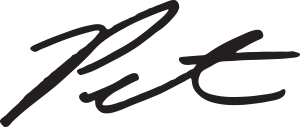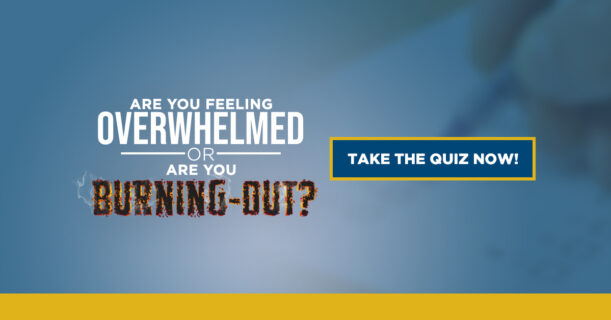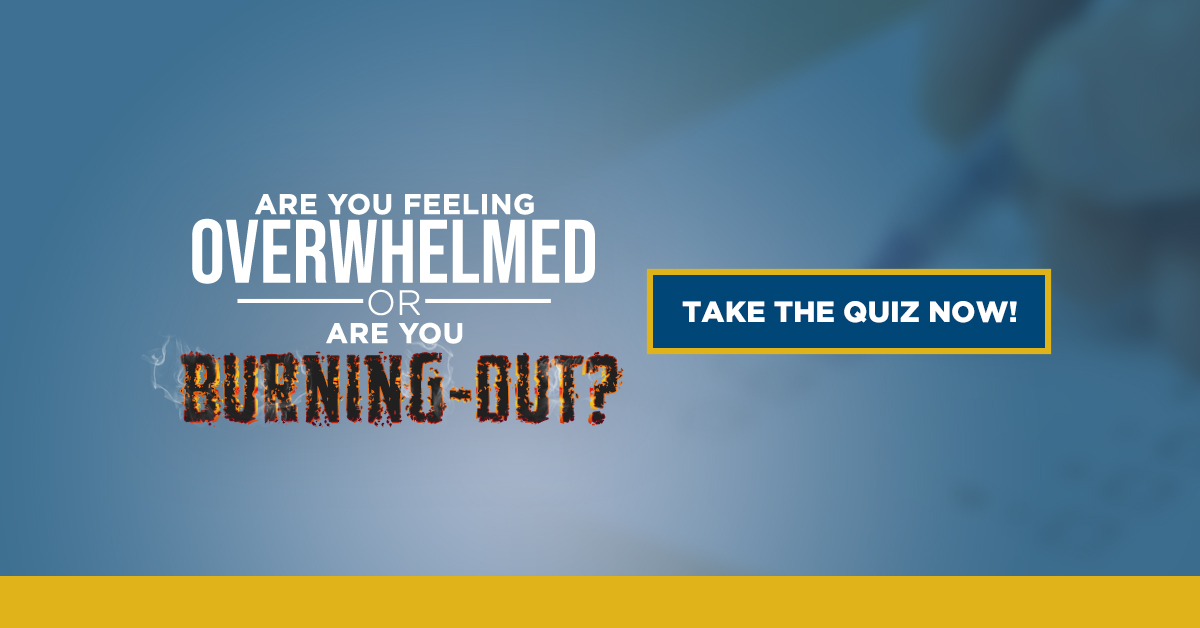Part 1: Designing Daily PTO
R&R 2.0 Series
Part 1: Designing Daily PTO
Personal Time Off is great. It’s a chance to get away, to disconnect from work, and even have some rest and relaxation.
Taken routinely, PTO is an effective strategy to reduce work stress… but it will not cure or help you avoid burnout by itself. For that, we need to design ourselves a more frequent form of PTO, a daily “Personal Time-Out”.
Creating and maintaining “margin” in our day, and using it strategically, is the only way to effectively reverse and avoid burnout and live the full life we desire. This is especially true for those of us who are high-achievers and often consumed by the demands of work and life.
Mastering Our Time
Busyness is both pervasive and invasive. Allowed to persist, busyness chokes out and overruns much of what we desire in life.
If we want to master our lives, we need to resolve our busyness. The first step is to take ownership and regain control of our time. When we control our time, we can control our destiny.
“Mastering our time is the first step to mastering our lives.”
-Peter C. Atherton
Taking Control
For many of us, we may need to start saying “no” to things we say yes to now or have in the past. We may have to “defend” the need for some “me” time. We may also be taking the control not knowing what the outcome will be.
At one point we may have known what we wanted out of work and life, but have since lost touch, track, and clarity. Even if we have “checked the boxes” of the goals that previously drove us, most high-achievers reach a point where we can feel disconnected, discontented, frustrated, and even resentful – especially if we are in or headed toward the burnout-disengagement cycle.
Values and Urgency
Taking control is a values-based decision because we need to value both ourselves and our time – possibly in new ways.
As I explain in my book, Reversing Burnout. How to Immediately Engage Top Talent and Grow! A Blueprint for Professionals and Business Owners, many of us have invested so much in our careers that it has become our identity.
As we progress in life this becomes even more problematic as the gaps between “what we do”, “who we are”, and our life purpose drives discontent. These gaps also impact our ability to lead and inspire others.
If we want to truly succeed, we also need a renewed sense of urgency about our time.
We never stop getting older. The fact is, our days are numbered on this earth and we have no real control of when our time will be up. Tomorrow is not guaranteed, and this should be our motivation to take action beginning today!
Time is our greatest asset in terms of achieving our goals and realizing our impact, but we can’t take it for granted. We know that we don’t want to miss out any longer and that we may need a course correction. But here’s the reality: We will never discover the things we value most and begin to track toward the full life we desire and our greater purpose until we slow down.
“For most high-achievers, we need time to slow down in order to achieve a full life with greater meaning and purpose.”
-Peter C. Atherton
Margin
Creating and maintaining margin is an essential component to slowing down and being able to master our time.
“Margin” is quiet time and personal “white space,” away from devices and distractions.
To be effective, margin time needs to be sufficient in length and consistent in frequency. The target for most of us should be 30 to 60 minutes per day at least 5 days per week.
Margin is not just about time to rest and relax, its foundational to the R&R 2.0 process.
R&R 2.0
PTO and the “rest and relaxation” of our past can help us address some of the demands and stresses of work and life, but it needs to be updated and expanded if we are going to take on burnout and position us to win over the long-term.
Rest and relaxation alone only address being physically or emotionally exhausted as a result of a temporary season or event. On the other hand, burnout is a chronic condition that layers frustration and loss, and even resentment and despair, on top of physical and emotional exhaustion.
Reversing and avoiding burnout requires a deeper, more strategic, and more consistent approach.
Once established, margin is the daily “Personal Time-Out” we need to begin to restore ourselves if we have been feeling burned-out, disengaged, and feeling like we are missing out.
This time to routinely decompress, rest, pray, meditate, listen, think, contemplate, read, journal, and reflect allows for clarity and positions us for Restoration.
Once restored, this time is then repurposed for the next elements of the process which include Rediscovery, Retargeting, and Revitalization toward the life we desire.
To your winning,

PS – Are you or your team feeling overwhelmed, or are you burning out? There is a big difference and each requires a different approach. Take this FREE quiz to find out where you stand and learn exactly how you can get back on track by clicking HERE.
PSS – Do you want to learn how to excel and prevent burnout in you and your organization? Check out relevant and important chapters of my book “Reversing Burnout” for FREE by clicking HERE.
Check out too the AEC Leadership Today Podcast designed exclusively for leaders who want to stay relevant and effective and help their firms grow and prosper during all times >> HERE!

Pete Atherton
About the Author
Peter C. Atherton, P.E. is an AEC industry insider with over 30 years of experience, having spent more than 24 as a successful professional civil engineer, principal, major owner, and member of the board of directors for high-achieving firms. Pete is now the President and Founder of ActionsProve, LLC, author of “Reversing Burnout. How to Immediately Engage Top Talent and Grow! A Blueprint for Professionals and Business Owners”, and the creator of the I.M.P.A.C.T. process.
Pete is also the host of The AEC Leadership Today Podcast and leads The AEC Leadership Mastermind.
Pete works with AEC firms to grow and advance their success through modern and new era focused strategic planning, executive coaching, leadership and management team development, performance-based employee engagement, and corporate impact design. Connect with him through the contact link below.


